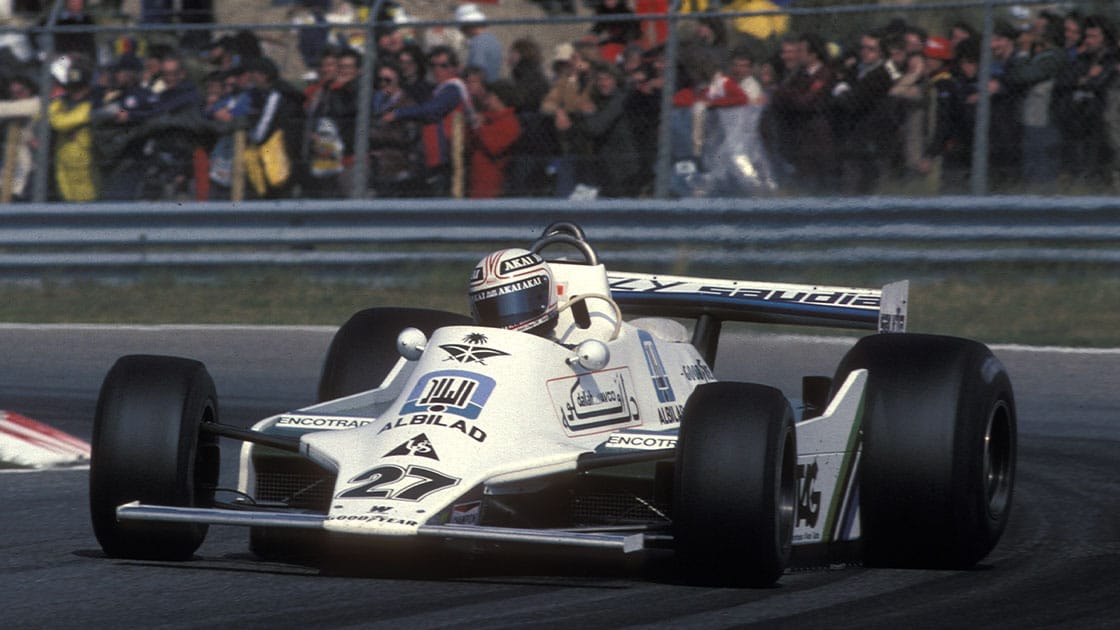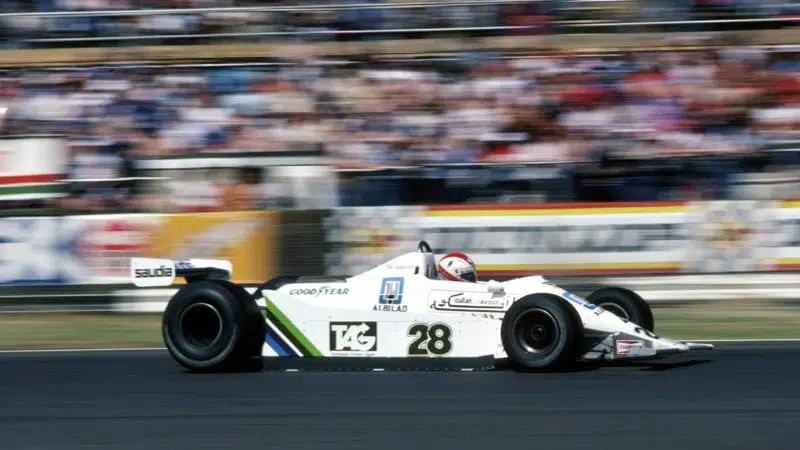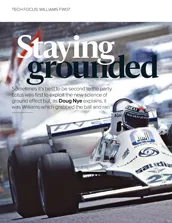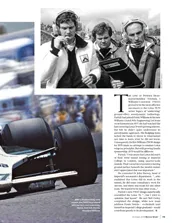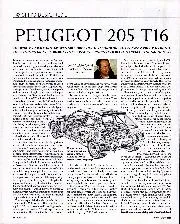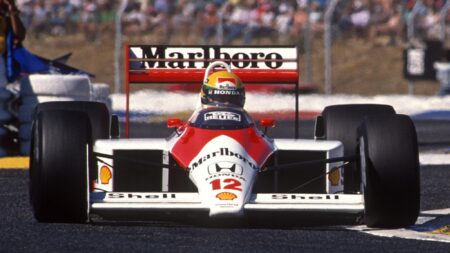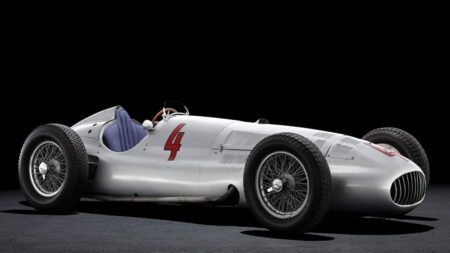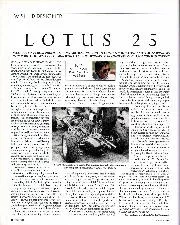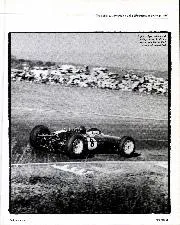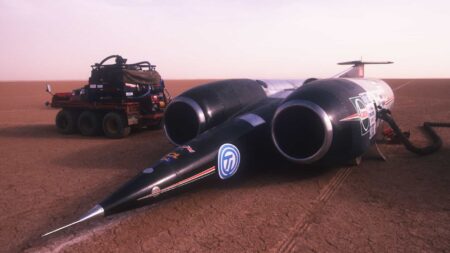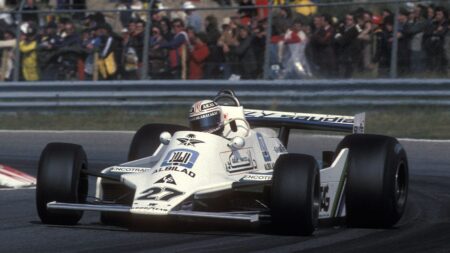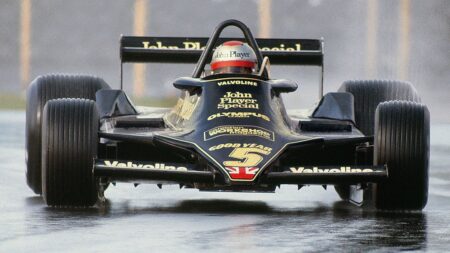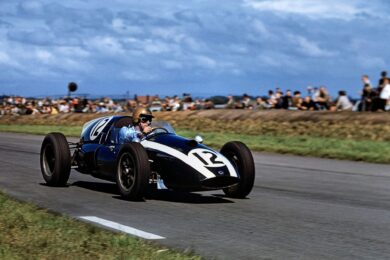Then you could go pretty close to rival cars to investigate. Sometimes too close: in 1979 one of our mechanics found Peter Collins, the Lotus team manager, under one of our cars with a tape-measure. But you could at least have a look at a rival; now it’s much harder. But we’re always open to outside ideas; we’ve recently introduced the same ‘chimneys’ as McLaren to extract hot air, and I noticed at the last race that they now use a diffuser which is the spitting image of ours. It happens all the time; you must study the opposition and compare their solutions to your own.
Now the challenge is in the details, but there was a period in the early 1990s when it was really exciting with active suspension, traction control, a lot of innovation which probably would have led to dynamic handling control. The driver would have been a virtual passenger, and in some ways I agree with Max Mosley that it had to be stopped. But as an engineer it was pretty stimulating.
But there is still scope. We now study every aspect of the car in far more detail than ever before to get that last tenth of a second, but it’s still stimulating. We’re not sat here wondering what to do next. There’s a huge amount of work going on, but the rewards are smaller — though I would never dismiss the idea of another Chapman-like leap.
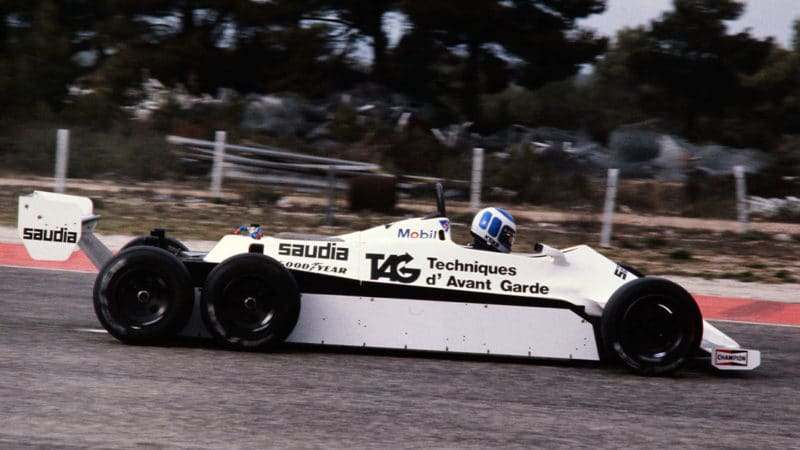
Williams six-wheeler saw its biggest performance advantage come from principles developed in FW07
AFP via Getty Images
Everything these days is much more thoroughly assessed before you do it. If we took a risk on a new concept and had a bad year, it would have serious consequences for individuals and the company. There’s not the cavalier attitude there was 20 years ago. Then you could change tack far more quickly; today there’s a longer gestation period; we’re starting our cars ever earlier to get them on the grid by March. We already have projects for 2002 under way. It was less professional then; we would take three sets of parts and two cars. Now we take three race cars, six sets of parts, 10 engines, six gearboxes. It’s just a different level.
I was also involved with the derivatives of the FW07, including the fantastic six-wheeler — the proper concept of a six-wheeler with four wheels at the back so the skirts could run straight from the front to the back of the venturi with no interruption from the tyres. That would have been outstanding. Most people didn’t realise that the true advantage was aerodynamic, not mechanical. There was a significant traction advantage, but it came strangely enough during starts, because the front pair of tyres would lay down rubber which the second pair would grip on, which was not anticipated, to be honest.
It would have been a massive step forward in downforce but, unfortunately, it was banned before it raced. It used an FW08 chassis, but they were all derivatives of the 07. They all had a family link, so the FW07 was really the car which started Williams off on its path to becoming one of the greatest teams ever in Formula One.
Ross Brawn was talking to Gordon Cruickshank
